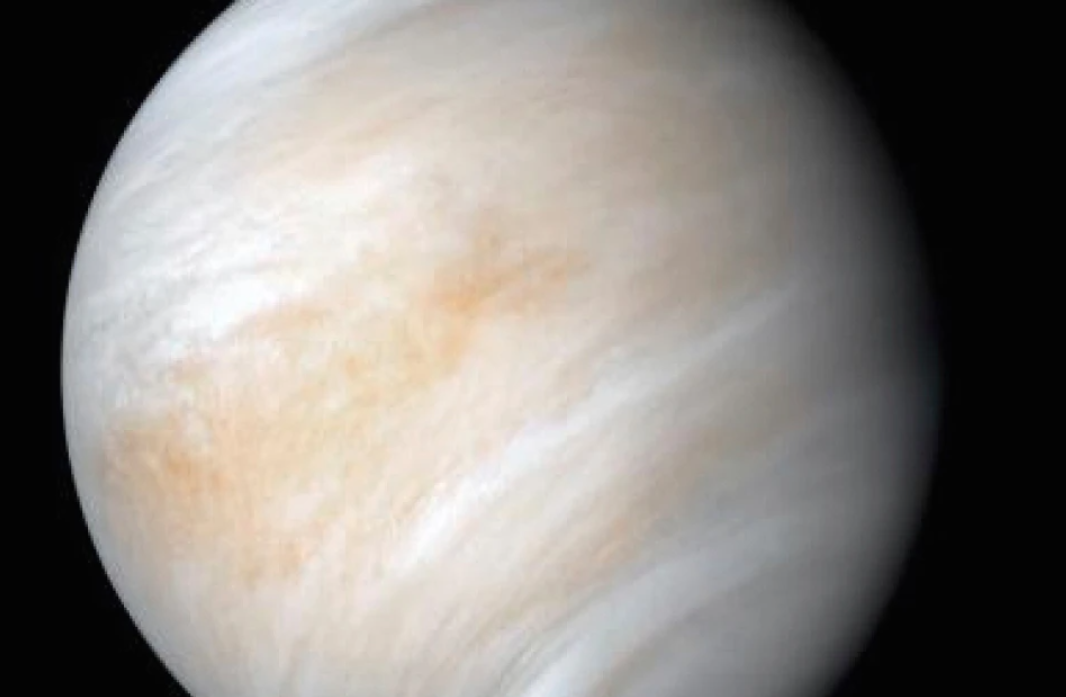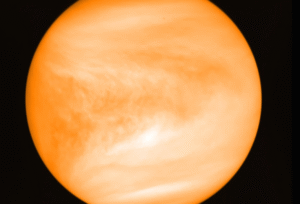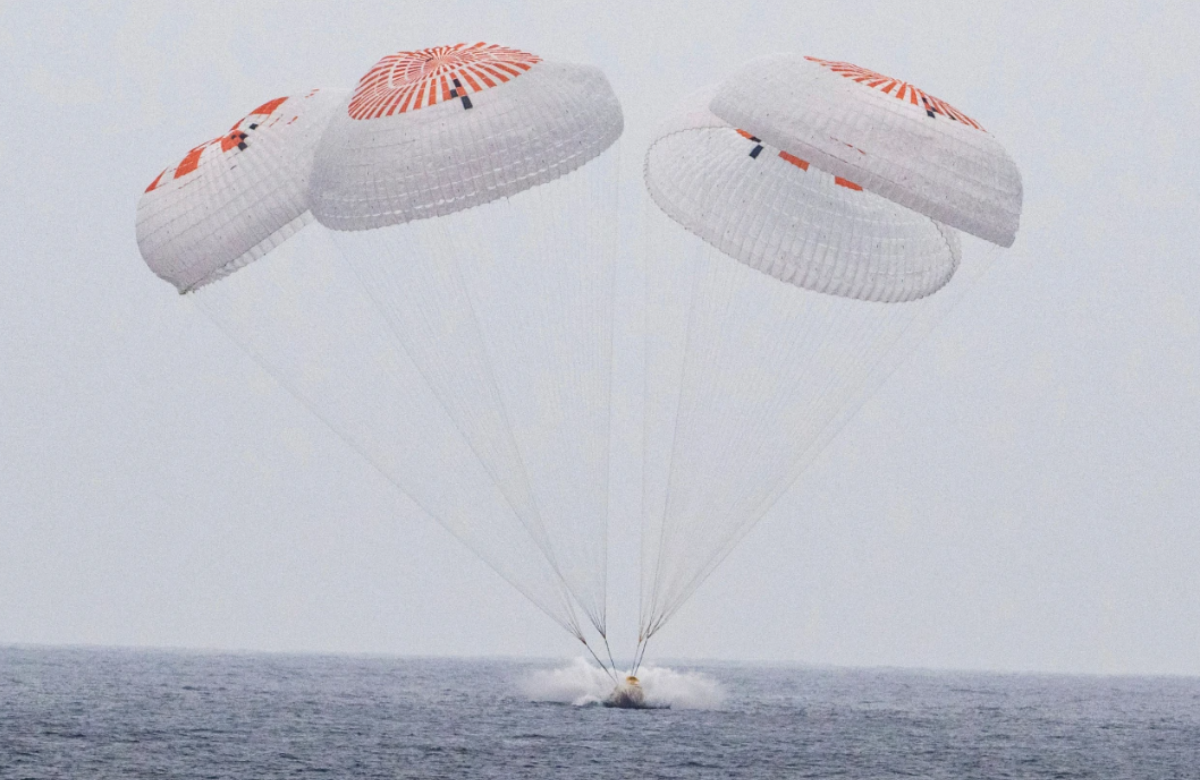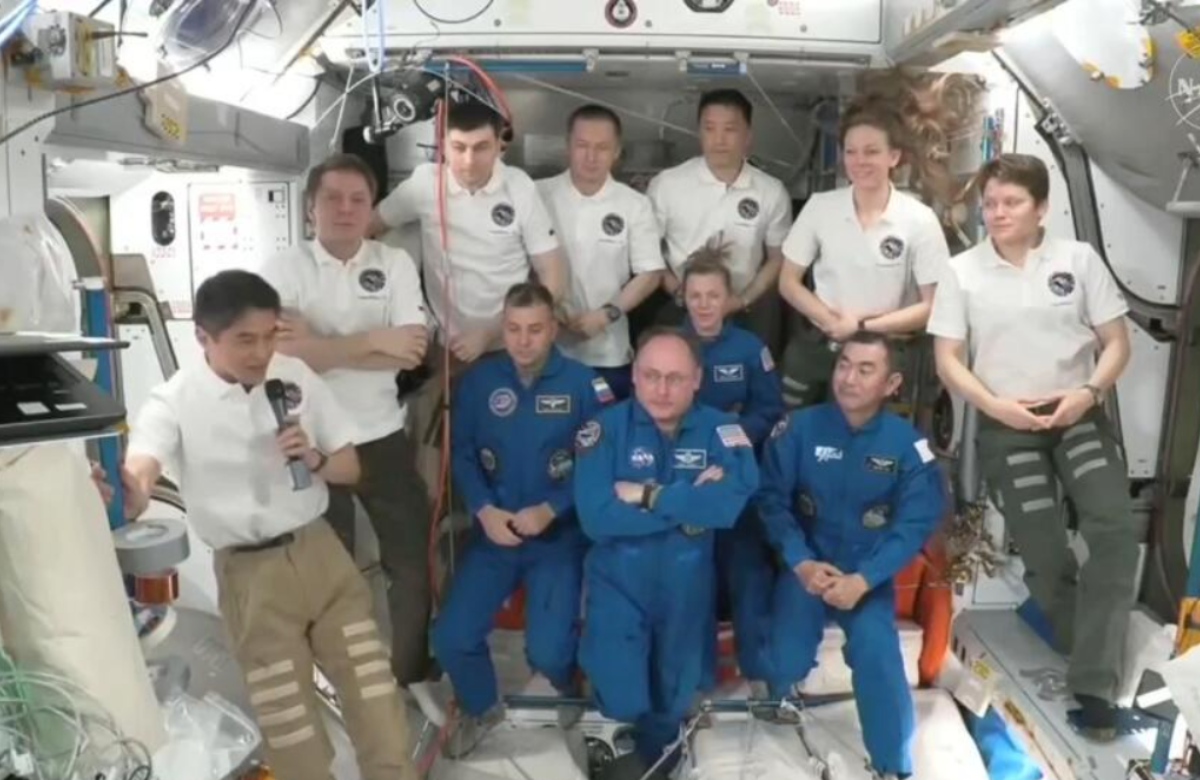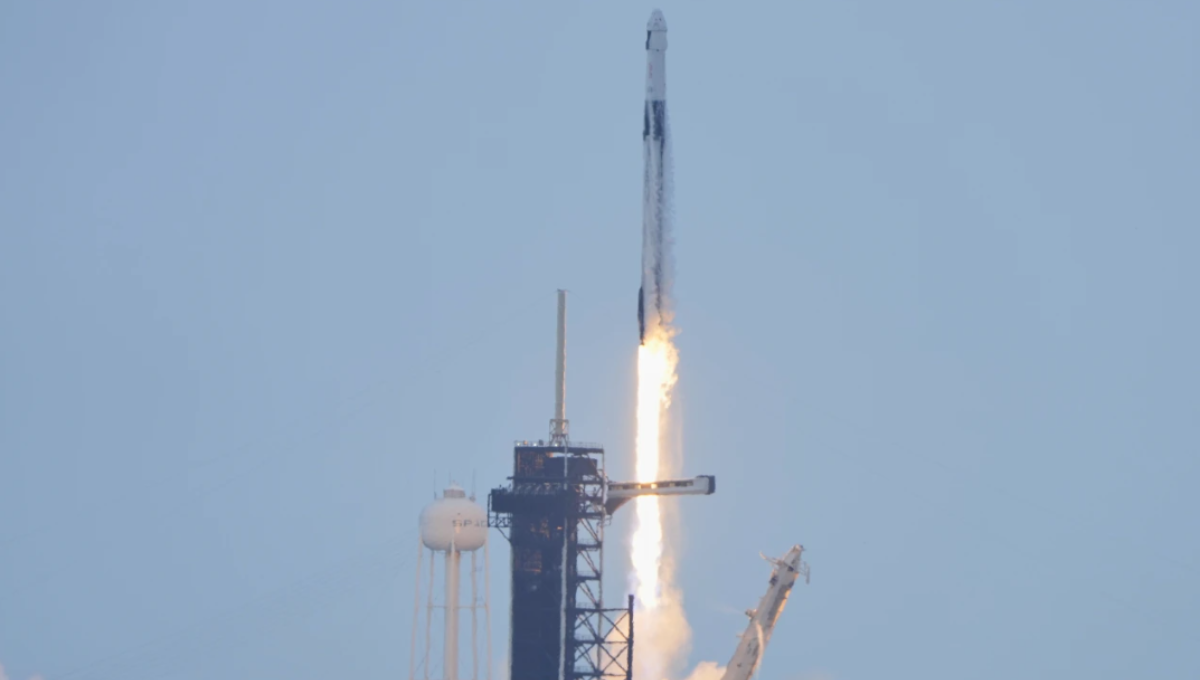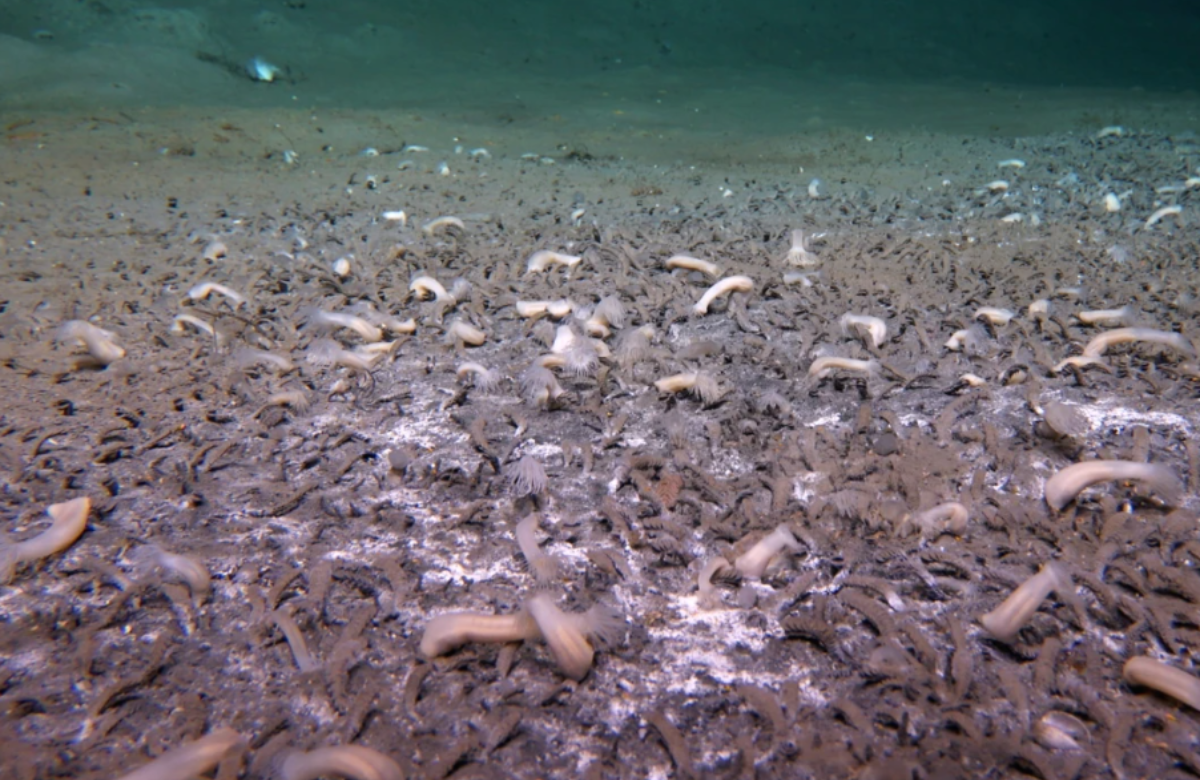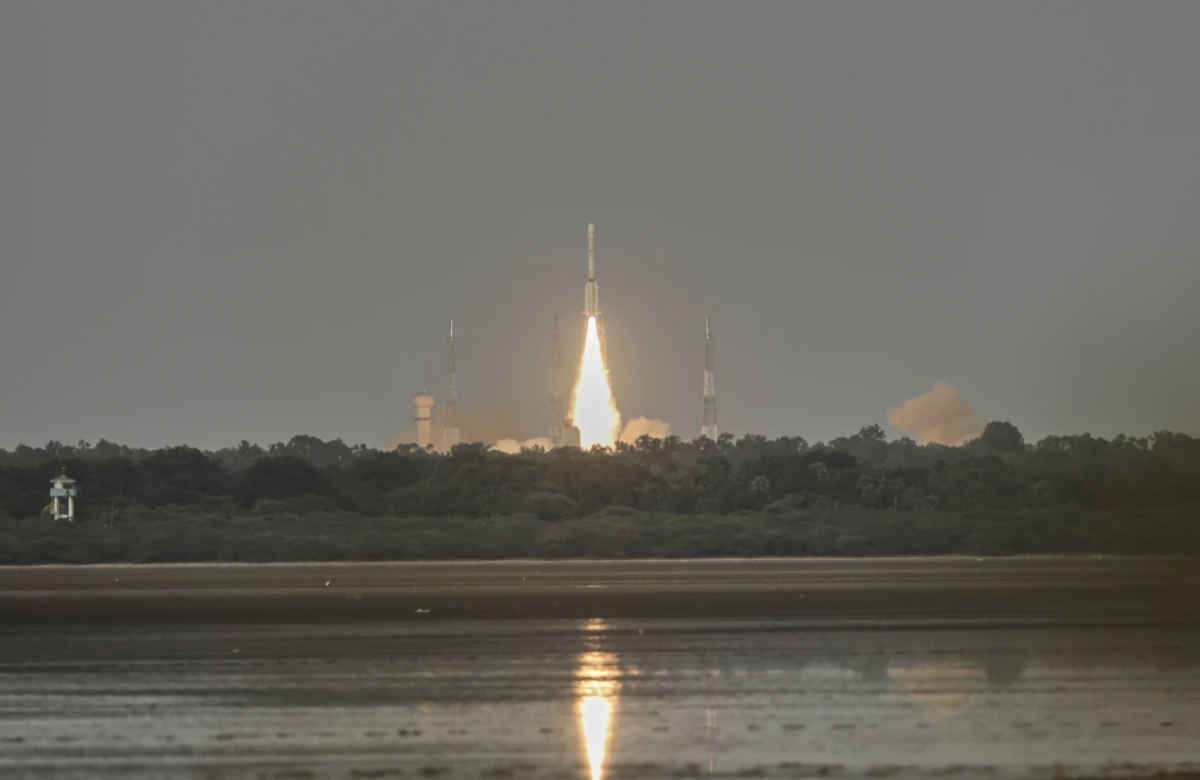On Saturday, Venus will pass between the Earth and the Sun during an event known as an inferior conjunction.
However, don’t expect to see this rare alignment. The glare from the Sun makes it nearly impossible to spot without special equipment and a trained observer.
A conjunction occurs when two celestial bodies appear close together in the sky, such as two planets or a planet and the Sun. An inferior conjunction of Venus happens when Venus moves directly between the Earth and the Sun.
This alignment occurs roughly every 19 months, due to the orbits of Venus and Earth around the Sun. The precise moment of the inferior conjunction will take place around 9 p.m. EDT.
Astronomer Geary Albright referred to this as a “Venus kiss,” due to the close proximity between the two bodies.
Venus experiences phases similar to the moon. Before and after the conjunction, it appears as a thin crescent, but this can only be observed through a telescope. Those wanting to witness the shift can watch Venus move from the evening sky to the morning sky starting on Sunday.
In the nights leading up to the conjunction, you can spot Venus by finding a flat area and looking near the horizon just after sunset. It will appear as one of the brightest objects in the sky before it sets.
After the conjunction, Venus will be visible in the morning sky just before sunrise. However, be sure to avoid looking directly at the sun.
Although this weekend’s event may not be a dramatic visual display, scientists view it as an opportunity to observe the movement of planets in space.
“It’s a chance to get familiar with Venus,” said Michelle Nichols.
Paul McCartney’s song “The Kiss of Venus” was partly inspired by a chapter in a book that described the inferior conjunction. Additionally, two upcoming NASA missions will focus on Venus, exploring how it formed and why it is so different from Earth.
